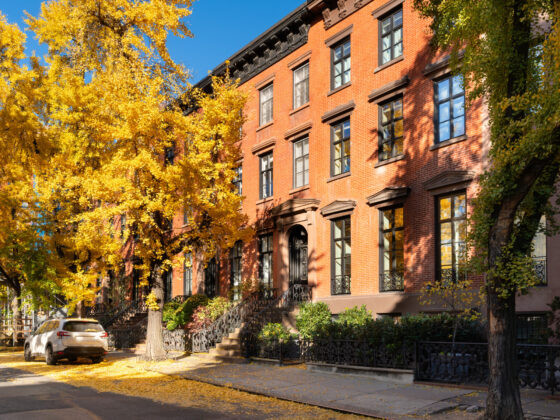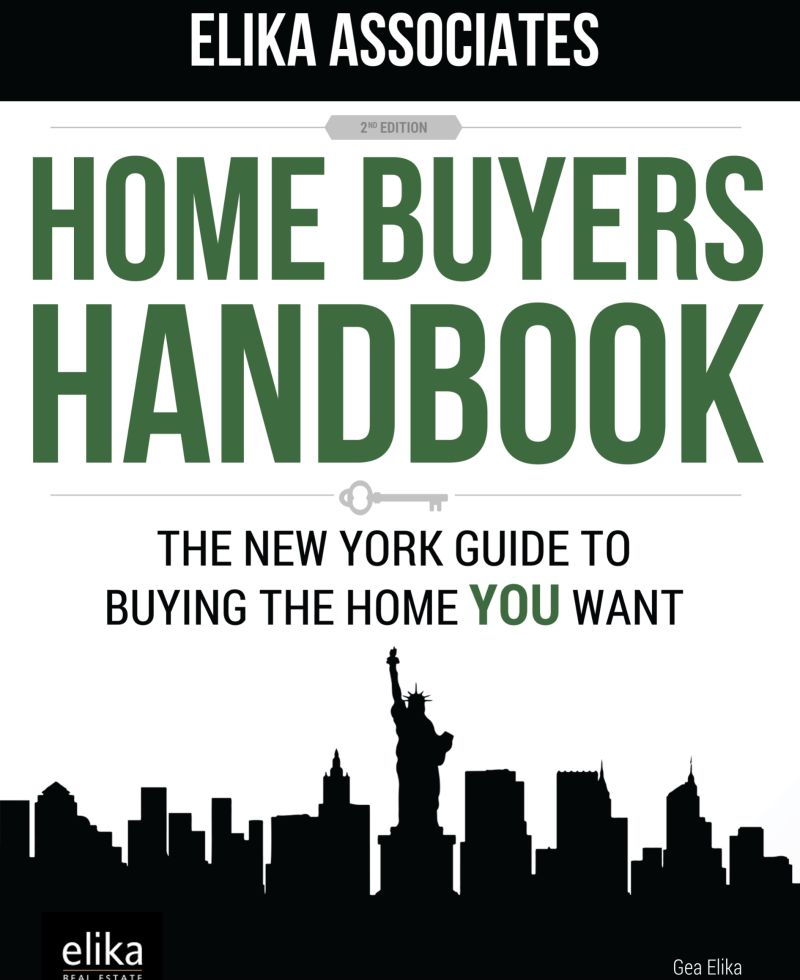Table of Contents Show
An accurate description of Pied à Terre is a French term that translates into “foot on the ground.” It is not your main home but where you spend some of your time. It is generally not considered a vacation home, but perhaps it is a place you frequently visit. It might make sense for non-city residents to consider how often they come to New York. In the current market, it could present an attractive option.
You can purchase a unit in a luxurious building with amenities similar to a hotel. Amenities can include concierge services and a swimming pool.
The Pied à Terre advantagesThe Pied à Terre advantages
If you are a frequent visitor to the city, a Pied à Terre offers you your place. Typically, people think it is small, but that is not necessarily the case in New York City. Although most are pleasant, you can make yourself comfortable and bypass the hotel staff. It also means you can enjoy certain benefits such as a refrigerator, kitchen, and space for your clothing.
For these reasons, many find a Pied à Terre cozier than a hotel room. You can weigh the costs of purchasing one against the expense of a hotel over time.
Traditionally, business people have used these apartments. However, it is becoming an option among college students’ parents. Given the high cost of room and board at schools, it can prove economical, and you have the opportunity to sell it when your children graduate. However, it would help to keep in mind that short-term fluctuations in the New York City real estate market can impact your resale value.
A Pied-a-Terre in New York CityA Pied-a-Terre in New York City
New York City has plenty of options available for those seeking a pied-a-terre. A 2014 New World Wealth study showed that the city had the second most wealthy people owning a Pied à Terre.
You can find these in a co-op or a condo building. A co-op typically has a lower price tag than a condo. However, it is more difficult to buy one in the former due to the board’s restrictions. A condo is prudent given most co-ops’ house rules prohibiting pied-a-terre use and leasing restrictions. These include requirements that the unit is your primary residence. Many co-op boards forbid this practice if you are looking to sublet the apartment when you are not there.
Make sure you check the rules before making your purchase.
Not solely for the richNot solely for the rich
Traditionally, Pied-a-Terre apartments were exclusively for the wealthy. You can still find these in upscale neighborhoods. However, you can also find more modest areas that serve the purpose. These might have fewer amenities, and you may have to sacrifice convenience due to the apartment’s location.
A potential taxA potential tax
There has been a conversation about charging a surtax on Pied à Terre owners. The idea was to get more apartments on the market to increase the housing supply. An additional tax could help alleviate this shortage, or if people choose to make it their primary residence, boost the city’s coffers from higher income tax collections.
First proposed a few years ago, but those considering a pied-a-terre no longer need to be concerned as the Pied-à-Terre tax did not pass in the 2019 budget.
Initially, it called for an additional tax of up to 4% on values more than $5 million on properties, not a city resident’s primary home.








